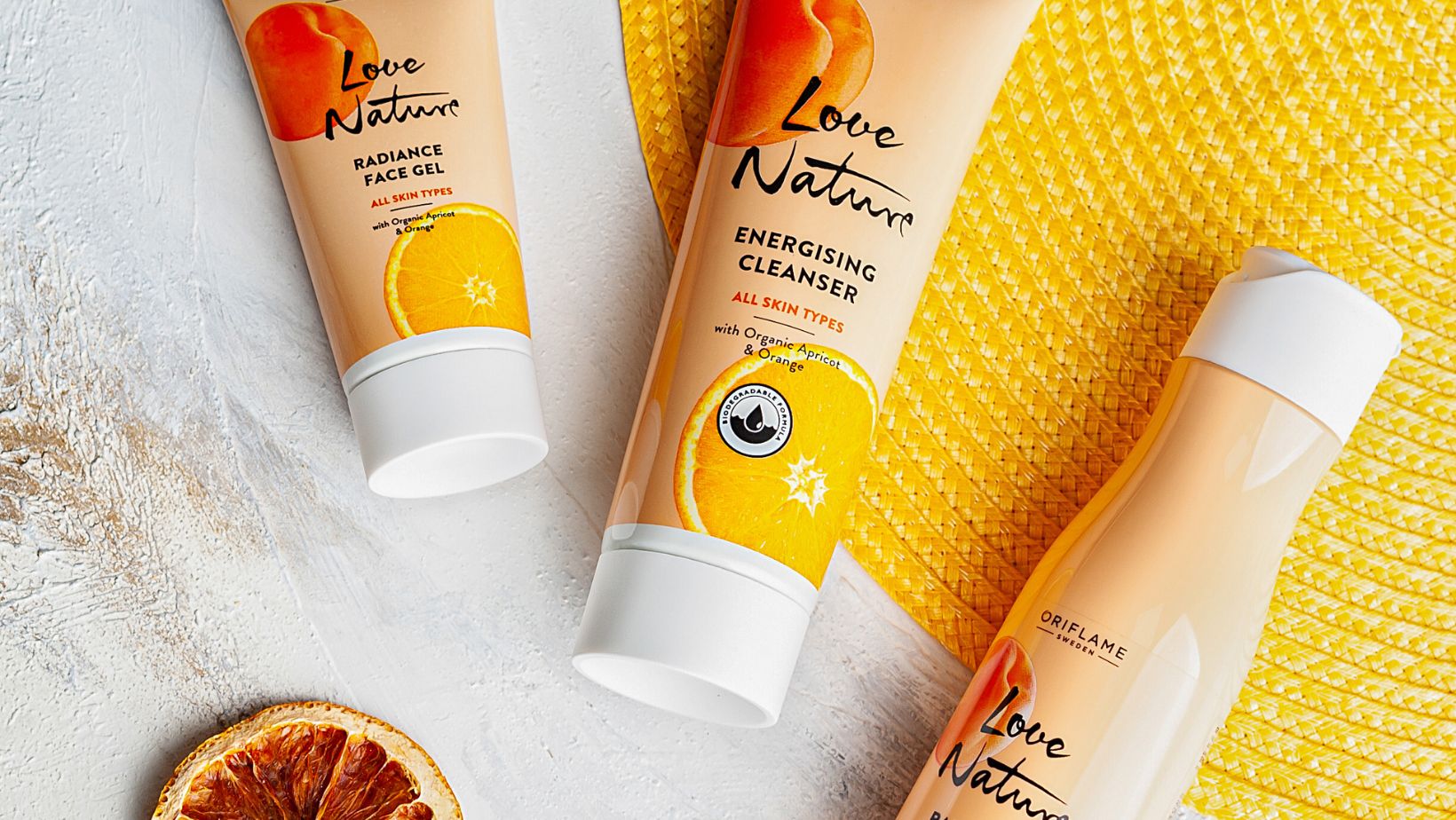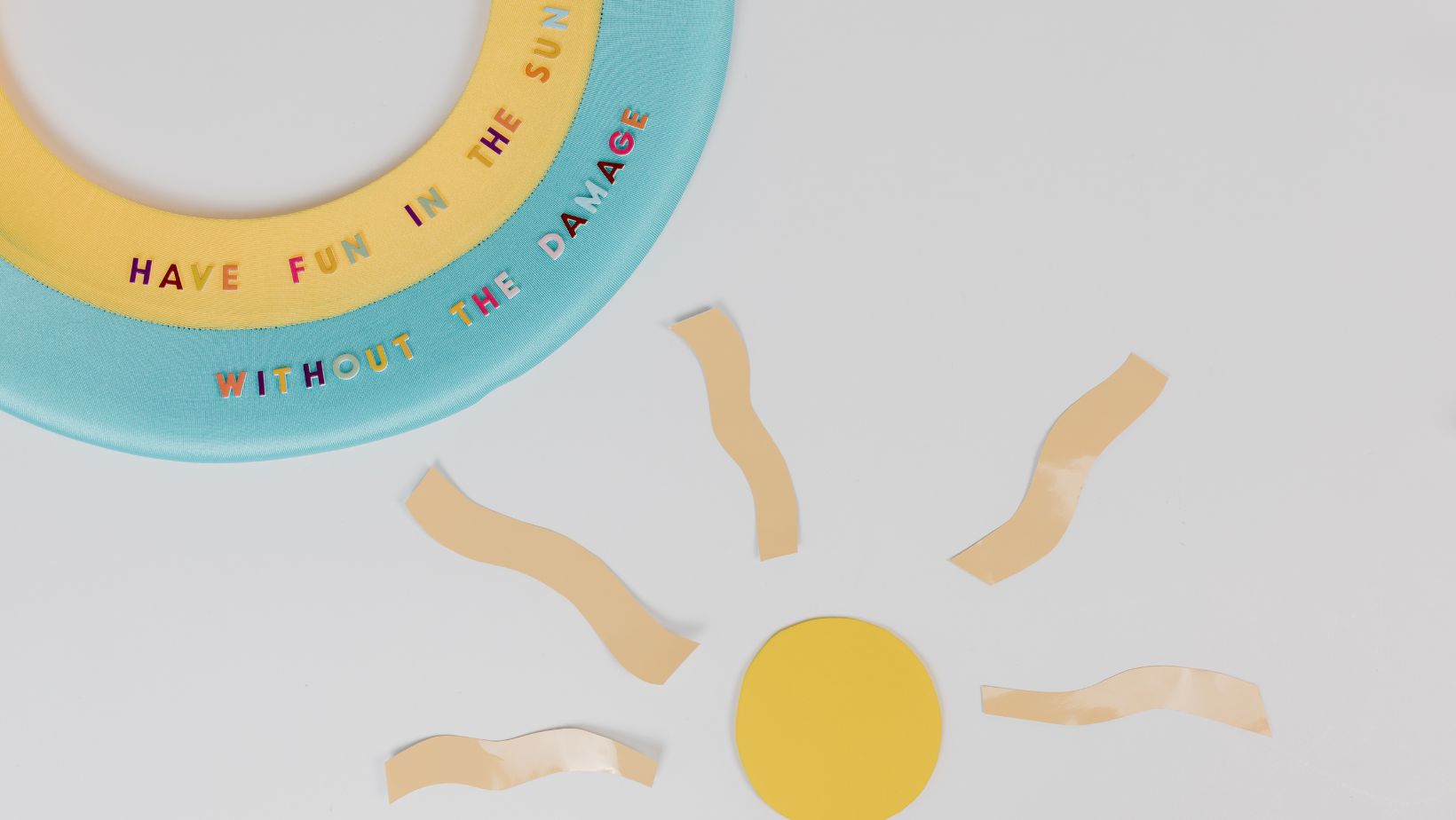The sun – that glowing orb in the sky that warms our planet provides essential vitamin D and sets the stage for the most picturesque sunsets. But it’s also the culprit behind a slew of skin issues, ranging from benign tans to severe sunburns. From the youngest toddler to the eldest grandparent, everyone in your family tree should be cautious under its rays. Sun damage can have lasting consequences, and in a world where the sun feels more potent than ever, awareness and prevention are paramount. Keep reading to dive deep into the science, the solutions, and the remedies to keep your entire family safe under the sun. Stick around because it’s going to be illuminating!
Understanding the Sun’s Effects on Skin
Why does something that feels so good – basking in the sunlight – have such adverse consequences for our skin? The answer lies in the ultraviolet (UV) rays emitted by the sun. These rays can penetrate and change the structure of skin cells. We have UVA rays, which go deep into the dermis, the skin’s thickest layer. These rays are responsible for premature aging. Think wrinkles, sunspots, and a leather-like texture. UVB rays, on the other hand, burn the superficial layers of the skin and play a key role in skin cancer development. With an ever-depleting ozone layer, our natural shield against UV rays is weakening. Hence, the need for awareness is now more than just a summer-time chat. It’s an all-year-round conversation.
Skin Care Tips for Every Age
Every family member, regardless of age, needs protection from the sun. But the “how” might vary. Let’s break it down:
- Toddlers and Kids: Their skin is more sensitive than adults. Sunscreen is essential, but also consider sunhats, sunglasses, and protective clothing. Keep them in the shade during peak sunlight hours (10 a.m. to 4 p.m.). And always remember – water reflects sunlight. So, if they’re splashing around, they’re still exposed.

- Teenagers: This age group loves to flaunt a tan. But it’s crucial to help them understand that tanning, whether under the sun or in a booth, is harmful. Encourage them to embrace their natural skin tone and to use bronzers for that sun-kissed look.
- Adults: Prevention is better than cure. Apart from sunscreen, incorporate antioxidants in your skincare regime. Products with Vitamin C and E can counteract the effects of the sun.
- Elderly: They have already seen years of sun exposure. Their skin can be thinner and more vulnerable. Moisturizers with sunblock, protective clothing, and regular skin checks are crucial.
Picking the Right Sunscreen
With aisles of sunscreens available, choosing the right one can be a daunting task. Opt for “broad spectrum,” which means it protects against both UVA and UVB rays. SPF 30 should be your minimum. Water-resistant doesn’t mean waterproof! So, if your family is diving into the pool or sweating, reapplication is crucial. Contrary to popular belief, no one’s skin is immune to sun damage. Darker skins might not burn quickly, but they can still suffer long-term damage.
Dealing With Sun Damaged Skin
So, you missed a spot with sunscreen or maybe underestimated the sun’s intensity, and now you’re left with sunburn or, even worse, sun blisters. Fear not; knowing how to repair sun damaged skin on face, arms, legs, or your back is easy with the following tips:
- Cooling Down: The first step is to reduce the heat. Cold compresses or baths can help. Aloe vera, the nature’s burn salve, can soothe and moisturize.
- Hydrate: Sunburn draws fluid to the skin surface and away from the rest of the body. So, drink extra water, juice, or sports drinks for a couple of days.

- Pain Management: Over-the-counter pain relievers can help reduce pain and inflammation. Topical over-the-counter 1% hydrocortisone cream might also soothe your skin.
- Skin Repair: Products with hyaluronic acid can help repair damaged skin. If peeling occurs, resist the urge to pick. Let it naturally shed.
- Professional Care: If you develop large blisters or if the burn covers a large portion of your body, seek medical attention. Also, keep an eye on moles and patches that change over time; they might need a dermatologist’s attention.
Healing from Within
Diet plays a crucial role in skin repair. Foods rich in antioxidants and vitamin C can help repair skin. Think berries, nuts, oranges, and spinach. Omega-3 fatty acids found in fish, walnuts, and flaxseed can also keep skin supple, aiding recovery. Sun damage is a looming threat, but with the right tools and knowledge, your family can enjoy sunny days without the subsequent pain. Remember, the sun doesn’t discriminate, and neither should your protection. As the rays shine down, let’s make a pact to shield up and glow safely. After all, the sun might be mighty, but armed with this guide, so are you!
Jessica has a flair for writing engaging blogs and articles. She enjoys reading and learning new things which enables her to write different topics and fields with ease. She also strives to break down complex concepts and make them easy for anybody to comprehend.





